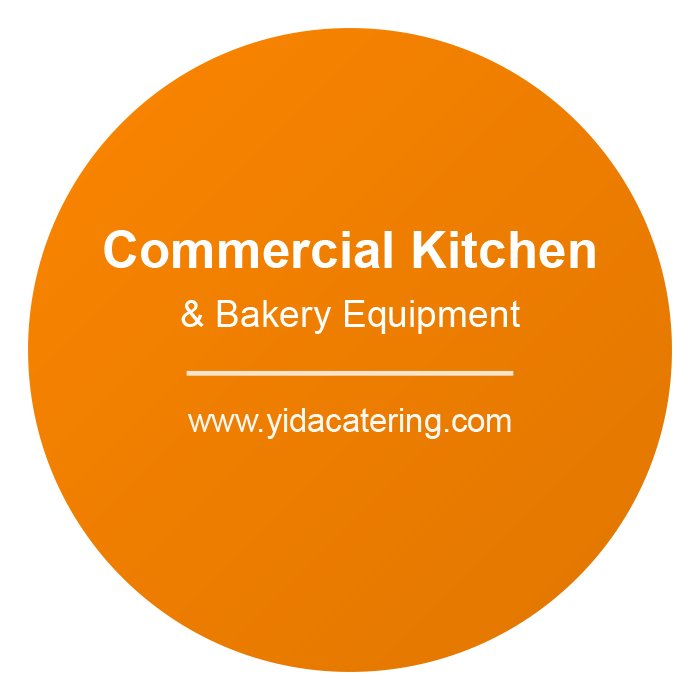In the modern food industry, efficiency, safety, and quality are paramount. At the heart of these priorities lies food processing equipment—an essential component in transforming raw ingredients into the packaged goods we consume daily. From small-scale operations to large industrial facilities, these machines play a critical role in ensuring that food is processed, preserved, and delivered in a manner that meets both regulatory standards and consumer expectations.
What is Food Processing Equipment?
Food processing equipment encompasses a wide range of machines and tools designed to handle, prepare, cook, package, and preserve food products. These machines are engineered to streamline production processes, maintain hygiene, and enhance the consistency and quality of the final product. Whether it’s slicing vegetables, mixing dough, or sealing packages, food processing equipment is integral to every step of the supply chain.
Types of Food Processing Equipment
The variety of food processing equipment available today reflects the diversity of the food industry itself. Below are some of the most common categories:
- Preparation Equipment
- Used for washing, peeling, cutting, and sorting raw materials.
- Examples: vegetable cutters, fruit peelers, and sorting conveyors.
- Mixing and Blending Equipment
- Machines that combine ingredients to create uniform mixtures.
- Examples: dough mixers, emulsifiers, and ribbon blenders.
- Cooking and Heating Equipment
- Designed to cook or heat food products efficiently and evenly.
- Examples: ovens, steamers, fryers, and pasteurizers.
- Cooling and Freezing Equipment
- Used to preserve food by reducing its temperature rapidly.
- Examples: blast freezers, refrigeration units, and cryogenic freezers.
- Packaging Equipment
- Ensures food products are securely packaged for transport and sale.
- Examples: vacuum sealers, labeling machines, and shrink wrappers.
- Cleaning and Sterilization Equipment
- Essential for maintaining hygiene in food processing environments.
- Examples: CIP (Clean-in-Place) systems and UV sterilizers.
Importance of Food Processing Equipment
- Efficiency: Automation provided by modern equipment significantly reduces manual labor and speeds up production cycles.
- Consistency: Machines ensure uniformity in size, texture, flavor, and appearance of food products.
- Safety: Advanced equipment is designed with features that minimize contamination risks and adhere to strict food safety regulations.
- Cost-Effectiveness: While the initial investment may be high, automated systems reduce long-term operational costs by optimizing resource usage.
Choosing the Right Equipment
Selecting the appropriate food processing equipment requires careful consideration of several factors:
- Scale of Operation: Small businesses may require compact machines, while industrial facilities need high-capacity systems.
- Type of Food Product: Different foods require specialized equipment tailored to their processing needs.
- Compliance with Standards: Ensure the equipment meets local and international food safety standards such as FDA or ISO certifications.
- Ease of Maintenance: Machines should be easy to clean, maintain, and repair to minimize downtime.
Trends in Food Processing Equipment
As technology evolves, so does the food processing industry. Here are some trends shaping its future:
- Automation and AI: Smart machines equipped with artificial intelligence are optimizing production lines with minimal human intervention.
- Sustainability: Energy-efficient equipment and waste reduction systems are gaining traction as companies prioritize eco-friendly practices.
- Customization: Modular systems allow businesses to adapt equipment configurations to meet changing demands.
Final Thoughts
Food processing equipment is more than just machinery; it is the backbone of a global industry that feeds billions of people every day. By investing in the right tools and staying informed about technological advancements, businesses can ensure they remain competitive while delivering safe and high-quality products to consumers worldwide.
Whether you’re an entrepreneur entering the food industry or a seasoned professional looking to upgrade your facility, understanding the role and capabilities of food processing equipment is essential for long-term success.

